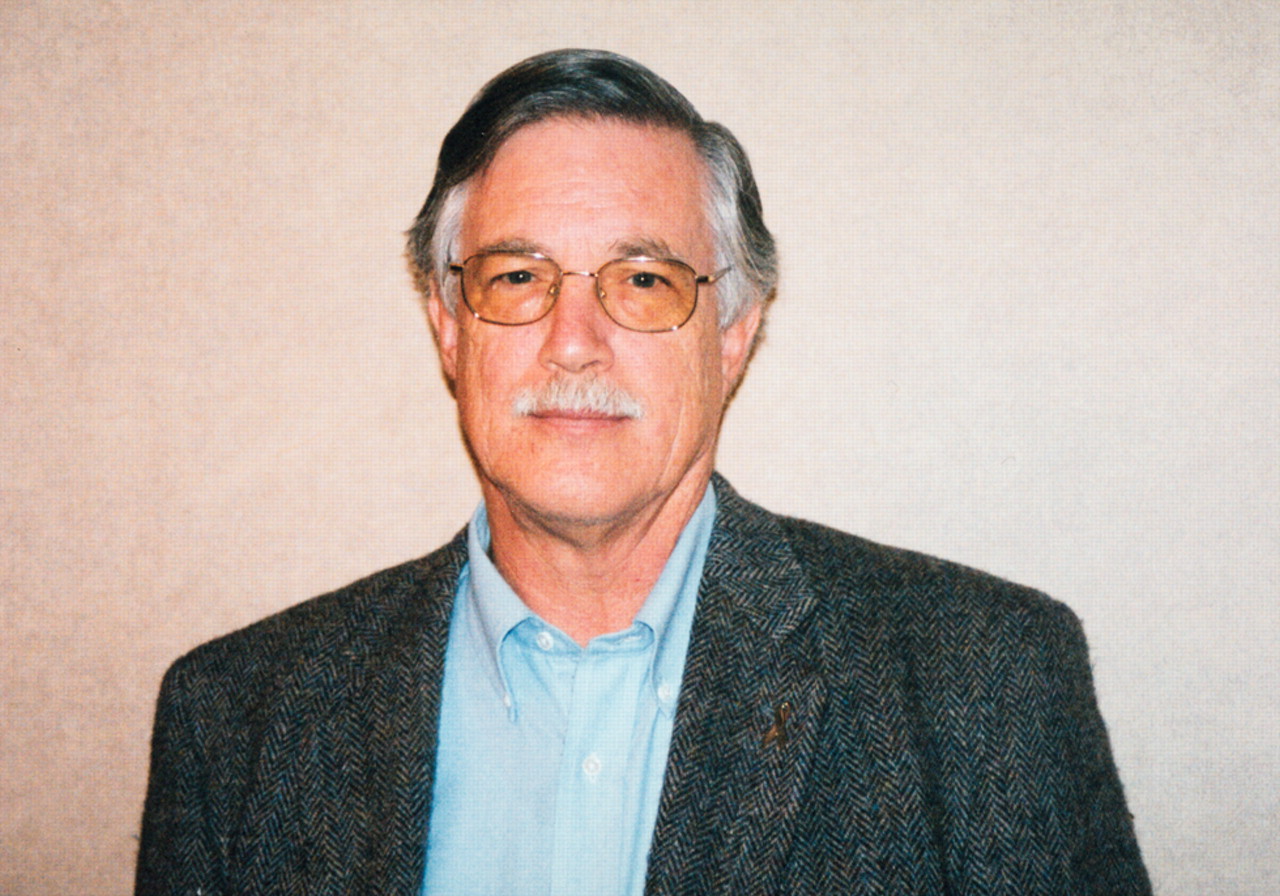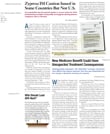Two innovative programs in the Seattle area are addressing the needs of youth with severe emotional disorders by empowering families and engaging them in fundamental aspects of treatment.
Together, the Blended Funding Project and Project TEAM, which stands for Tools, Empowerment, Advocacy, and Mastery, have served hundreds of children and adolescents and their families who have been failed by traditional mental health and social service systems in King County, Wash., according to Charles Huffine, M.D.
Huffine is medical director for child and adolescent programs at the King County Mental Health, Chemical Abuse, and Dependency Services Division and a consultant to the Blended Funding Project.
Both programs, Huffine told Psychiatric News, embrace and advance the concepts of the “wraparound process” by virtue of being family centered and individually tailored to each child's needs (see story below).
While traditional mental health services emphasize clinician expertise, families are the experts on their own kids and are seen as equal partners with professionals in the Blended Funding Project, which Huffine helped establish in 1997 through a grant from the Robert Wood Johnson Foundation.
Each child in the project is part of a child-and-family-team, or“ wraparound” team, which includes parents or guardians, extended family members, mental health clinicians, caseworkers, probation officers, and people in the community, such as a baseball coach or clergy, for instance.
Teams are guided by professional care managers who help team members design and execute treatment plans for the children.
Even the program's financial structure is designed to empower families and increase children's and families' access to mental health and social services.
In the public mental health sector, money for services trickles down from government departments through providers to patients, but in the Blended Funding Project, money from King County's mental health authority, the state's regional social-service authority, and the Puget Sound Educational Service District (PSESD) are funneled into a “pot” held by the PSESD, a local branch of the state Superintendent of Public Instructions Office.
Each child-and-family team “draws on the pot of money, almost as if they have a checkbook,” Huffine said.
The team pays for services offered within the mental health and social-service systems. They can also spend the money on an array of services they believe would help the child but are not available through other mental health or social-service programs.
These might include recreational programs, mentoring and special companions, tutoring, job coaching, parent-to-parent support, and highly specialized mental health resources not available in the public system.
“The ideal is to fund what the team decides is necessary to support youth through a strength- and needs-based approach to care that addresses all domains in their lives,” Huffine said.
Regarding cost per child, Huffine commented that “realistically, budget constraints of the program may limit a team's ability to purchase some services, but the program has extended its resources for families who demonstrate extreme needs.”
“The program has demonstrated that costs go down drastically when needs are met.”
Only Neediest Qualify
To be eligible for services in the program, children must qualify for“ severe need status” in the mental health and social-service systems and have failed traditional services, according to Huffine.“ Some of the kids involved in the Blended Funding Project don't have families, but have lived in a succession of foster homes and have a number of failed adoptions in their pasts,” he explained.
“They have not been well served by either mental health services or social service systems, and many have severe mental health problems,” he added.
Children of all ages receive services through the Blended Funding Project. The youngest child to participate was 4, and youth can receive services until they are 18, but some adolescents continue receiving services on an“ as-needed” basis past their 18th birthdays, Huffine said.
So far, about 70 children and adolescents have received services through the Blended Funding Project. From 25 to 40 youth and their families are involved in the program at one time.
According to preliminary data, the project is achieving its objectives.
When independent researchers measured outcomes in 25 families, they found that after the first year of participation, families reported feeling more empowered, and children increased the number of connections they had with teachers, mentors, mental health professionals, and peers in the community.
In addition, the number of children who moved from psychiatric hospitals or group homes to less-restrictive residential settings after a year increased. At baseline, just six children were living with a biological or foster parent in the community, while 16 did at the end of the first year.
Program Keeps Families Together
Much like the Blended Funding Project, Project TEAM, a program that began in 1998 with a grant from the federal Center for Mental Health Services, is an intervention that “de-emphasizes locking kids up in hospitals and juvenile detention” and aims to help families live with their“ at-risk youth” in the community, according to Huffine.
Families come to Project TEAM through referrals from the King County Superior Court or the Division of Child and Family Services as they petition the court through a state program designed to support families with teenagers who are at risk of being runaways or of being placed outside of their homes.
Huffine noted that “most of the youth in the program have had runaway episodes, often involving long periods of homelessness.”
In addition, many have substance abuse disorders, engage in delinquent behavior, or have been victims of abuse.
More than 300 youth and their families have received services through Project TEAM since its inception, Huffine said. It provides families and youth with an opportunity to participate in a wraparound process in which a team, led by parents, initiates crisis-planning services, traditional clinical services, and peer-support services for parents and youth.
Each family is assigned to a “care coordinator,” who assists them in identifying a support network or “wraparound team,” which, like teams in the Blended Family Project, is composed of relatives, friends, neighbors, clinicians, teachers, and others in the community.
Team members work together to identify the child's needs in different areas of his or her life, and “using the family's and child's strengths, the team prioritizes the child's needs and develops an individualized care plan,” Huffine said.
Typically, families receive services through Project TEAM for six to nine months.
Many of the families involved with Project TEAM have a history of social and mental health problems, Huffine pointed out. When in the late 1990s independent researchers assessed 123 children who were involved in the project, 71 percent had run away from home at some point, and more than 70 percent had either been physically or sexually abused. Almost a quarter had attempted suicide.
Of the 123 parents or guardians in the group, almost 80 percent had substance abuse problems, and 64 percent had another mental illness. Sixty percent reported incidents of violence within the family.
“The objective of the intervention used in Project TEAM is for professionals and others to partner with families who, according to these indicators,” Huffine said, “are really falling apart.”
To partner with families is to “avoid a paradigm” in which the professionals appear to know what is best, and family members are viewed as not knowing how to care for their children, Huffine said.
Such views, he noted, can lead to feelings of hopelessness and powerlessness in families that experience mental illness. ▪

